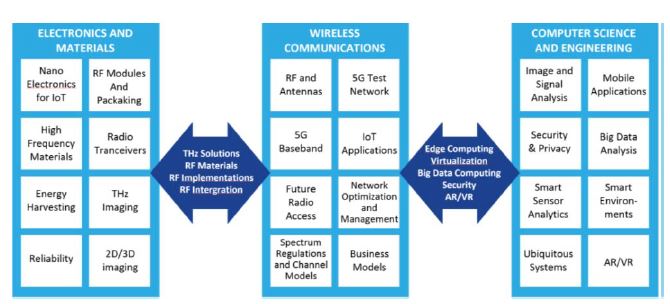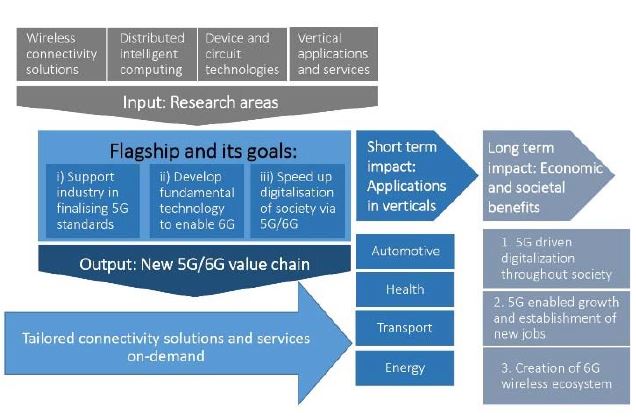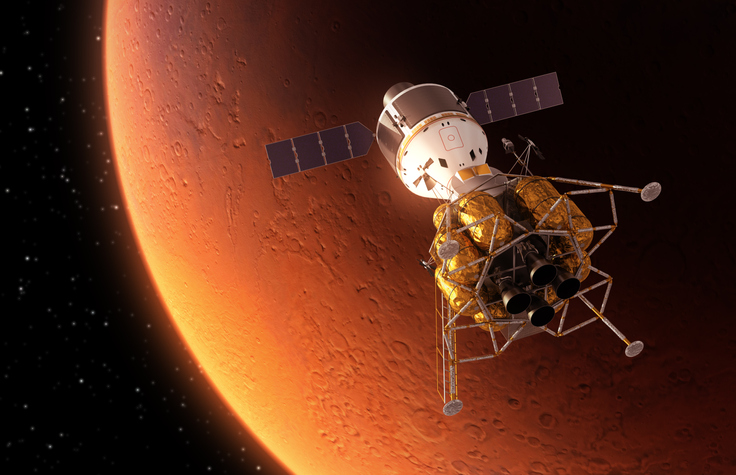5G wireless is still on the way, but researchers are already beginning to plan for the sixth generation of wireless technology. A team of academic and industry experts in Finland has launched the 6Genesis Flagship Program (6GFP), an eight-year, $230 million project that will develop, implement, and test key enabling technologies needed for 6G.
“6G Flagship is the world’s first 6G research program. Our aim is to support companies in finalization of 5G by carrying out technology and system pilots, then developing the fundamental technology components to enable 6G systems, and speeding up dependable, robust, and secure digitalization of society via 5G and 6G,” said Marcos Katz of the Centre of Wireless Communications at the University of Oulu, which is leading the 6GFP.
Past wireless generations have typically taken a decade to develop, and then they are in use for a decade after their launch. Their development requires global cooperation among academics, research organizations, industries, and regulators to identify needs and set standards for the entire mobile communications system. 5G is being deployed now and will be in use by 2020. So that means, 6G should be ready for commercialization sometime around 2030, based on the experience of past wireless generations.
The global kick off of 6G took place in March 2019 in Finland, when more than 300 experts representing all major telecomm companies gathered at the 6G Wireless Summit. Experts identified key challenges facing 6G, potential 6G applications, and technical requirements. Representatives of Nokia, Ericsson, Huawei, Orange, China Telecom, NTT DoCoMo, ZTE, and others participated in the event.
Looking ahead, the 6GFP team expects to focus on three research areas: electronics and materials, wireless communications, and computer science and engineering, as shown in Figure 1 below.

Figure 1: Three 6G Wireless Technology Research Areas
“6G will emerge around 2030 to satisfy the expectations not met with 5G, as well as new expectations such as fusing artificial-intelligence-inspired applications in every field of society with ubiquitous wireless connectivity,” said Katz. “In the 6G Flagship vision, our society is data-driven, enabled by near-instant, unlimited wireless connectivity. So we need to develop the fundamental components needed to fulfill this vision. Beyond the 5G requirements, 6G will have other, more stringent requirements, mostly focused on the novel and demanding applications and service foreseen for 6G.”
An important challenge facing 6G developers is the expected jump to higher, less congested frequency bands. 6G is expected to move from 100 GHz to THz – a massive shift that will require re-engineering of virtually the entire wireless system globally.
“Millimeter-waves, terahertz, and light communications are all candidates for 6G,” said Katz. “The use of higher frequencies has an impact on transceiver design, signal processing, and component design, to name a few.”
Network capacity is just one of the issues that experts will study within four core focus areas, as shown below in Figure 2.

Figure 2: 6G Wireless Flagship Program Overview
Overall, the key research challenges this project will address include:
- Wireless connectivity solutions: Networks will be optimized based on tradeoffs between data transmission capacity, spectral efficiency, energy efficiency, and latency of the service. Network capacity is expected to be enhanced with the move to very high frequency bands. Base station density will dramatically increase, so these costs will need to be significantly reduced and backhaul link capacity will need to be expanded. Base stations may even be movable if they are placed on buses, drones, or vehicles, which will require new breakthroughs in backhauling and fronthauling.
- Distributed intelligent computing: Intelligence will move closer to the user through mobile edge, cloud and fog computing. Mobile edge computing brings data processing close to the user at the “edge” of the network, which reduces latency, thereby enabling certain smart traffic and smart grid technologies. Current limitations mean these systems will need to be developed and optimized by the time 6G launches. Advances such as perception-based coding will also be needed to enable augmented reality and virtual reality over wireless.
- Device and circuit technology: The amount of data that 6G networks will process will require higher precision RF and analogue signal processing. These technologies will need to be designed for use at very high frequencies. New nanomaterials will likely be needed to create antennas, because current polymers used in antennas tend to degrade antenna performance at higher frequencies.
- Vertical applications and services: Some verticals such as automotive and transportation, health care, and manufacturing will need vertical-specific technologies. For example, autonomous vehicles will be communicating with other vehicles. Health monitors such as wearables will operate 24/7. The global community will also have to make decisions about the business side of 6G, including who owns networks, how investments will be made, who owns the data, and how additional value can be generated from the data.
“In general, users have perceived new wireless generations in terms of support for higher data rates, as well as better services,” Katz said. “This trend is expected to continue, but several other characteristics are likely to be encountered by future users. Novel, well-focused services and applications, such as local vertical-specific service delivery, will be promoted, and networks will guarantee a certain level of performance. One important design goal is to connect the unconnected. Users are expected to demand sustainable connectivity, so the importance of energy efficiency, environmental impact and sustainability will be key issues too.”
While 6G is still a decade from reaching industry and consumers, its development and the creation of the technologies that will enable it must start now to meet communications needs in the future.
“More than ever, worldwide cooperation is needed to develop 6G,” said Katz. “Support from industry, academia, and regulators is essential to moving 6G forward in the years ahead.”
For more information on advances in wireless technology, visit the IEEE Xplore Digital Library.





